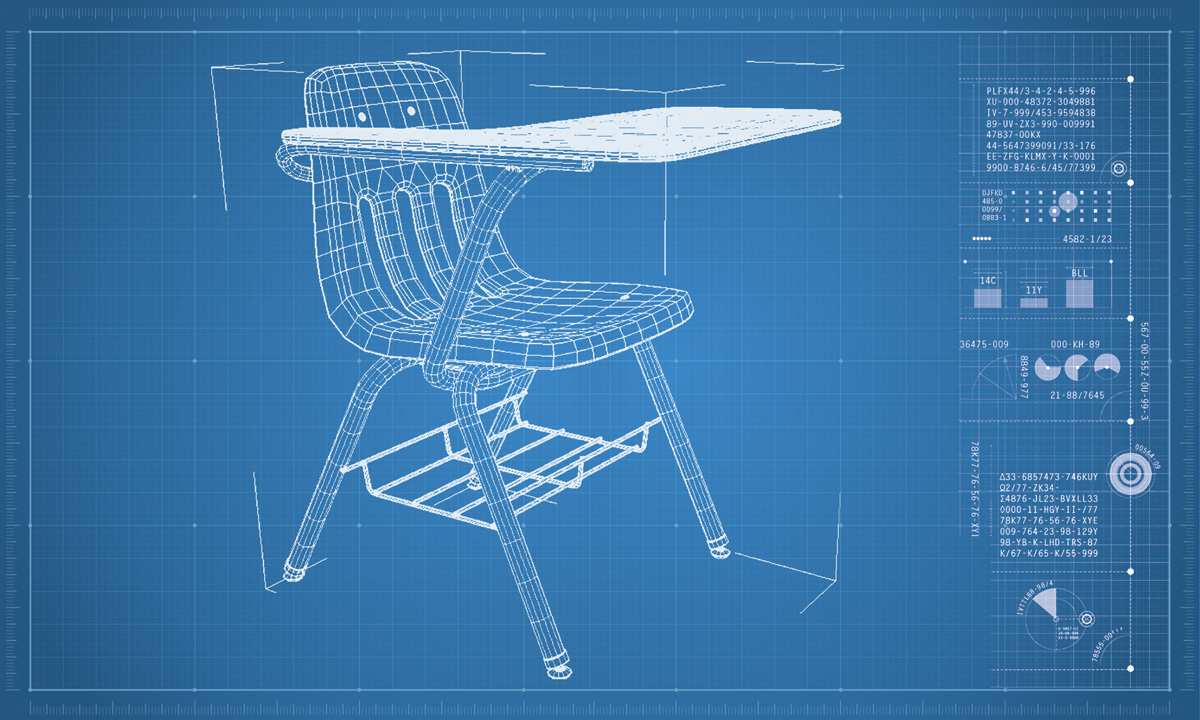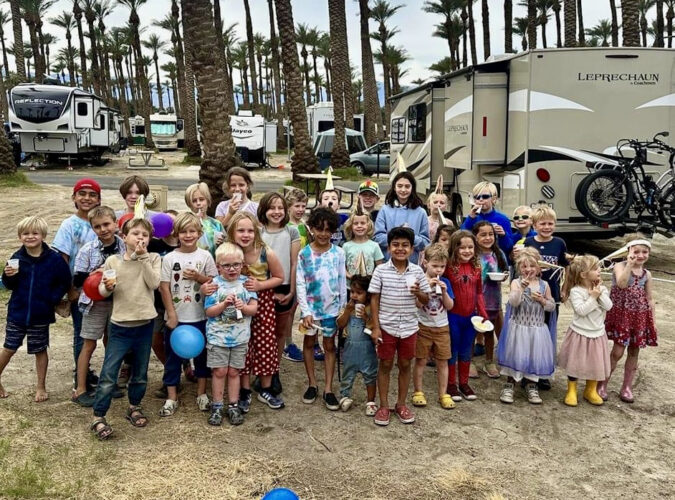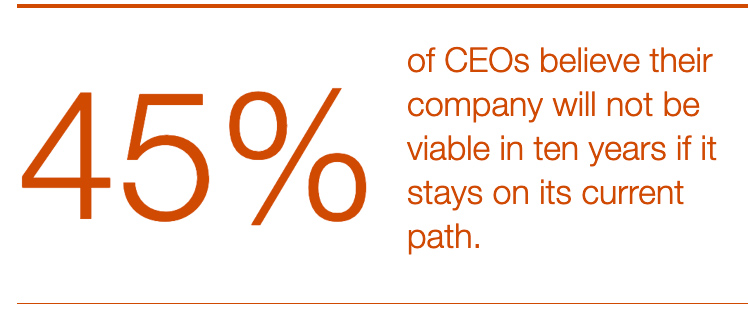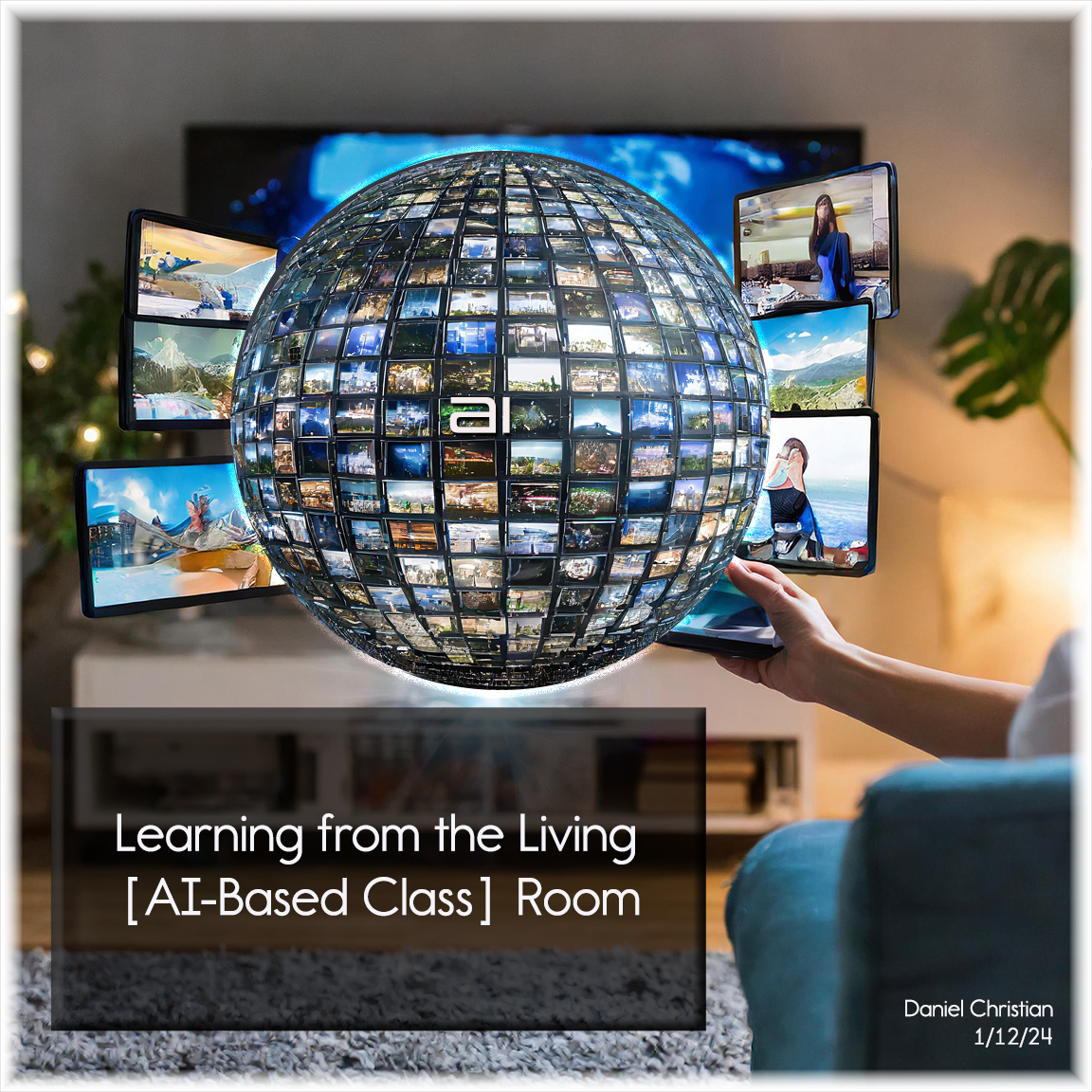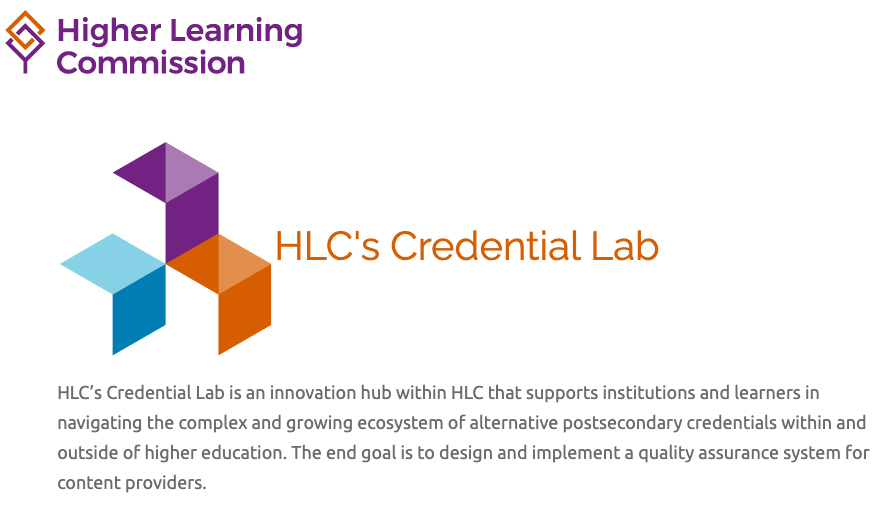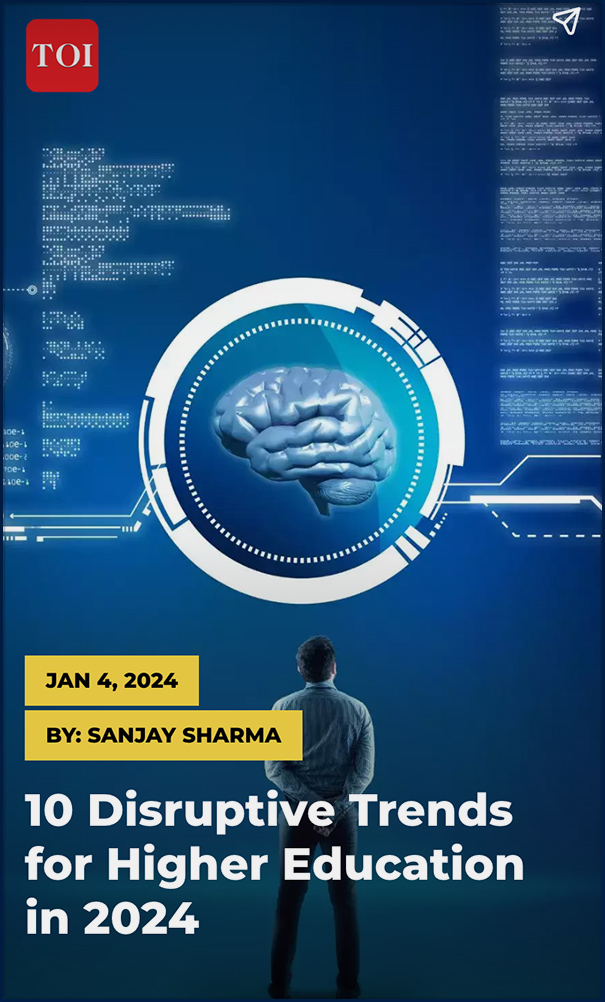From DSC:
I’ve been wondering about collaborations, consortiums, and other forms of pooling resources within higher education for quite some time. As such, this an interesting item to me.
Supreme Court: Bar exam will no longer be required to become attorney in Washington State — from spokesman.com by Emma Epperly
Excerpt (emphasis DSC):
The bar exam will no longer be required to become a lawyer in Washington, the state Supreme Court ruled in a pair of orders Friday.
The court approved alternative ways to show competency and earn a law license after appointing a task force to examine the issue in 2020.
The Bar Licensure Task Force found that the traditional exam “disproportionally and unnecessarily blocks” marginalized groups from becoming practicing attorneys and is “at best minimally effective” for ensuring competency, according to a news release from the Washington Administrative Office of the Courts.
Affordability and Microcredentials — from the-job.beehiiv.com by Paul Fain
Cutting costs for short-term credentials with course sharing and, perhaps, federal money.
‘Bespoke, e-Commerce-Enabled Storefronts’
Demand for nondegree credentials has risen. But it can be expensive and tricky for colleges to create their own workforce-relevant courses and certifications. Homegrown microcredentials also may be more likely to fall flat with students and employers, particularly in competition with professional certificates from big brands like Salesforce or AWS.
Acadeum, an online course-sharing company, is betting that a networked marketplace will be a better option for its 460 college and university partners, which include a growing number of community colleges. Beginning last month, those colleges can tap into 380+ online certificates, certifications, and skills-training courses.
“Skills Marketplace lowers the barrier of entry for institutions to self-select only the certifications that align their program offerings to meet student and workforce demand,” says David Daniels, Acadeum’s president and CEO.
How This College Dropout Raised $29 Million for His Online Education Platform and Landed the Biggest Investor of All — Shaq — from entrepreneur.com by Dan Bova; via GSV
Campus founder Tade Oyerinde and investor Shaquille O’Neal discuss the debt-free mission of the online community college.
Key Takeaways
- Campus offers two-year associate degrees with tuition costs that allow many students to go for free.
- The online community college has garnered $29 million in investment.
- Shaq says the company met his criteria for investment: a passionate founder, a mission to change lives and a solid exit strategy.
Colleges Were Already Bracing for an ‘Enrollment Cliff.’ Now There Might Be a Second One. — from chronicle.com by Dan Bauman; via GSV
[In addition to the decline of high school graduates starting in 2025] In recent months, however, the Census has updated its forecasts — instead of rebounding at some point in the mid-2030s, the number of 18-year-olds is now projected to contract after cresting at around 4.2 million people in 2033, shrinking to around 3.8 million by 2039. After that, the Bureau doesn’t anticipate the population of 18-year-olds will exceed 4 million people in any year this century.
How this Vietnam vet started a college program at a desert prison — from opencampusmedia.org; an essay by James “Sneaky” White as told to Charlotte West.
James “Sneaky” White, 80, spent nearly four decades incarcerated in California. His nickname “Sneaky” comes from his days as a helicopter pilot during the Vietnam War. While he was incarcerated, he helped create a college program that has since graduated more than 1,500 men. In this “as told to” story, he shares how he started a college program for veterans at a desert prison.
Virtual Forum – On Demand
Starting a Program for Incarcerated Students — from chronicle.com by Charles B. Adams, Ruth Delaney, and Laura Massa; via Goldie Blumenstyk
Does your institution have programming in place for incarcerated students? Thanks to new federal assistance, students in many prisons can now take college courses for credit. While colleges are interested in starting or expanding programs to serve those students, they often have no idea how to do so.
The Teaching and Learning Workforce in Higher Education, 2024 — from library.educause.edu by Nicole Muscanell
Opinion: Higher-Ed Trends to Watch in 2024 — from govtech.com by Jim A. Jorstad
If the recent past is any indication, higher education this year is likely to see financial stress, online learning, a crisis of faith in leadership, emerging tech such as AI and VR, cybersecurity threats, and a desperate need for skilled IT staff.
“We’re in the early stages of creating a new paradigm for personalized assessment and learning; it’s critical for moving the field forward … It’s supporting teachers in the classroom to personalize their teaching by using AI to provide feedback for individual learners and pointing in the direction where students can go.”
PROOF POINTS: Most college kids are taking at least one class online, even long after campuses reopened — from hechingerreport.org by Jill Barshay
Shift to online classes and degrees is a response to declining enrollment
The pandemic not only disrupted education temporarily; it also triggered permanent changes. One that is quietly taking place at colleges and universities is a major, expedited shift to online learning. Even after campuses reopened and the health threat diminished, colleges and universities continued to offer more online courses and added more online degrees and programs. Some brick-and-mortar schools even switched to online only.
College Affordability Helped Drive Rise in State Support for Higher Ed — from chronicle.com by Sonel Cutler
State support for higher education saw a significant jump this year, rising more than 10 percent from 2023 — even though the share of that money provided by the federal government dropped 50 percent.
That’s according to the annual Grapevine report released Thursday by the State Higher Education Executive Officers Association, or SHEEO. The data reflect a continued upward trajectory for state investment in higher education, with a 36.5-percent increase in support nationally over the last five years, not adjusted for inflation.
Four Disruptive Trends For Higher Ed In 2024 — from michaelbhorn.substack.com by Michael B. Horn
- More colleges will close or merge.
- Online learning will continue to have its moment, but a shakeout is beginning.
- Big colleges and universities will get bigger.
- Apprenticeships will gain more traction outside of the trades.
Speaking of higher education and disruptions, also see the following item — via Ray Schroeder on LinkedIn:
Experts predicted dozens of colleges would close in 2023 – and they were right — from hechingerreport.org by Olivia Sanchez
Even more colleges will likely close in coming years as enrollment problems worsen
Though college enrollment seems to be stabilizing after the pandemic disruptions, predictions for the next 15 years are grim. Colleges will be hurt financially by fewer tuition-paying students, and many will have to merge with other institutions or make significant changes to the way they operate if they want to keep their doors open.
At least 30 colleges closed their only or final campus in the first 10 months of 2023, including 14 nonprofit colleges and 16 for-profit colleges, according to an analysis of federal data by the State Higher Education Executive Officers Association, or SHEEO. Among nonprofits, this came on the heels of 2022, when 23 of them closed, along with 25 for-profit institutions. Before 2022, the greatest number of nonprofit colleges that closed in a single year was 13.











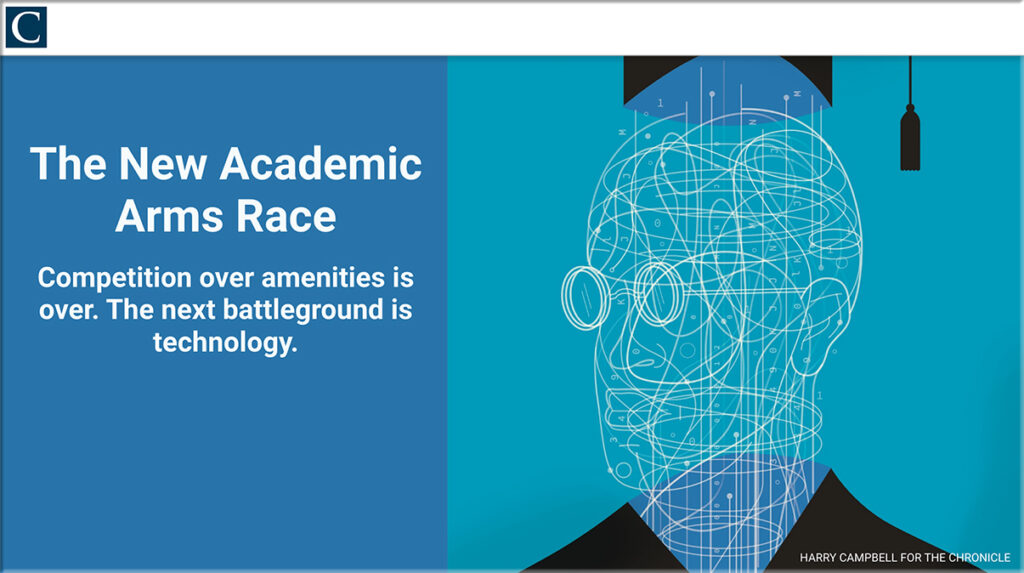

![Teachers are the least empowered, most[-]disrespected, stressed and burned-out of all professions in the U.S. IMAGED CREATED BY DALL-E FOR BRANDON BUSTEED](https://imageio-forbes-com.cdn.ampproject.org/i/s/imageio.forbes.com/specials-images/imageserve/65d8b0ac957e1304a58aea38/Teacher/960x0.png?height=711&width=711&fit=bounds)
